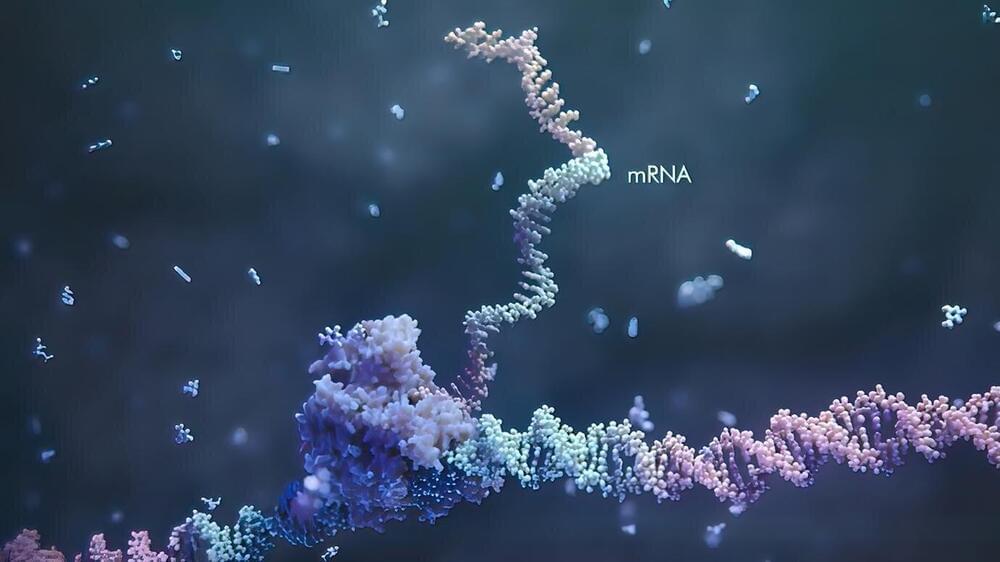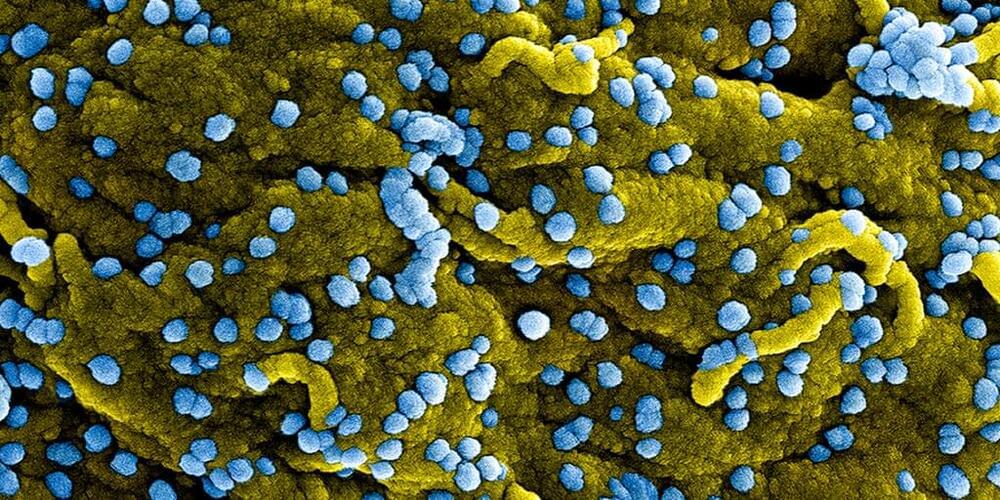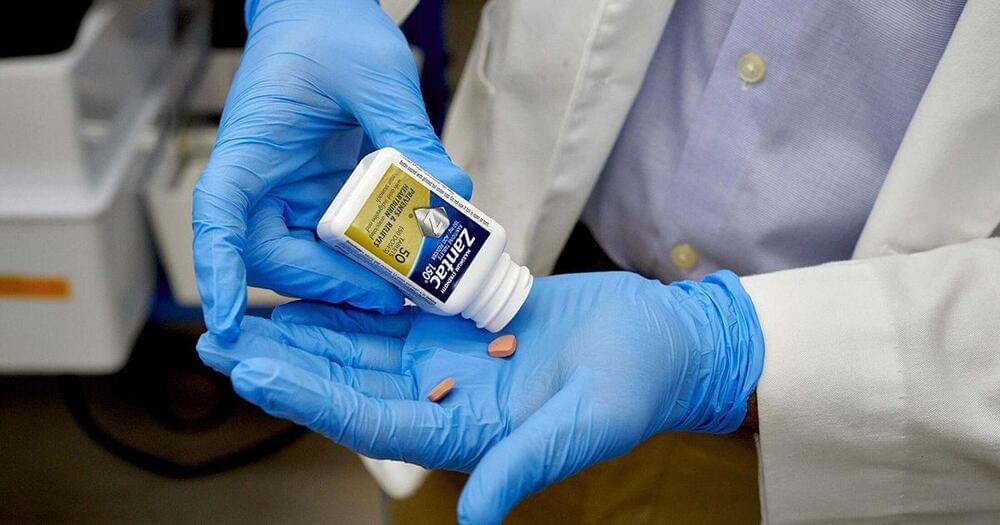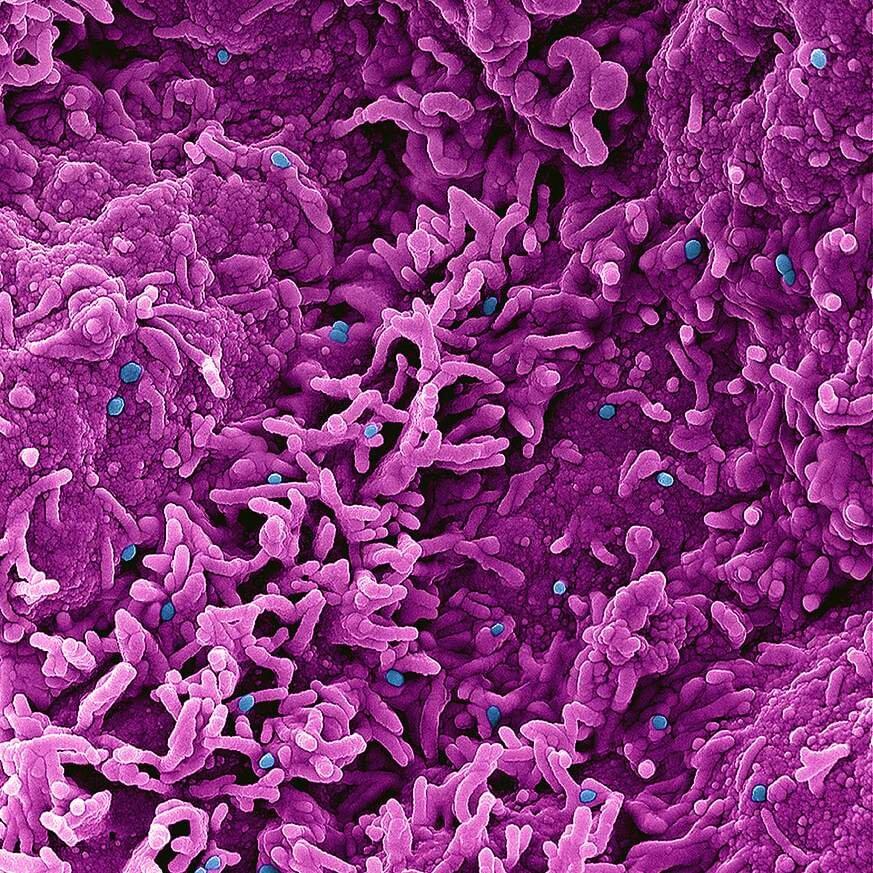Yes, it’s possible. Using genomic technologies and specialized mouse models to develop preventative therapies, JAX scientists aim to stop Alzheimer’s before it starts.



University of Chicago scientists have discovered a new wrinkle in our understanding of how our genes work. The team, led by Chuan He, the UChicago John T. Wilson Distinguished Service Professor of Chemistry, Biochemistry and Molecular Biology, shed light on a longstanding puzzle involved in a common way our genes are modified that is known as RNA methylation.
Published Jan. 27 in Science, the finding could have implications for gene therapies for disease, as well as our picture of gene expression, development, and evolution.
For more than a decade, Chuan He’s laboratory has been focused on trying to unravel the puzzle of a phenomenon called RNA methylation, which we are increasingly understanding plays a key role in our bodies and lives—everything from cancer to PTSD to aging.

The behavioral disorders observed in autism are associated with a multitude of genetic alterations. Scientists from the Hector Institute for Translational Brain Research (HITBR) have now found another molecular cause for this condition. The transcription factor MYT1L normally protects the molecular identity of nerve cells. If it is genetically switched off in human nerve cells or in mice, the functional changes and symptoms typical of autism occur. A drug that blocks sodium channels in the cell membrane can reverse the consequences of MYT1L failure and alleviate the functional and behavioral abnormalities in mice.
Disorders from the autism spectrum (ASD, autism spectrum disorders) are not only manifested by impairments in social interaction, communication, interest formation, and by stereotypical behavior patterns. This is often accompanied by other abnormalities such as epilepsy or hyperactivity.
Scientists are intensively searching for the molecular abnormalities that contribute to this complex developmental disorder. A multitude of genetic factors that influence the molecular programs of the nerve cells have already been linked to the development of autism.

The World Health Organization hopes to test an experimental Marburg vaccine in Equatorial Guinea, which announced its first outbreak of the virus Monday.
Nine deaths have been confirmed, while 16 suspected patients are in quarantine. Health officials are also monitoring 15 asymptomatic close contacts of infected people.
No vaccine or antiviral treatment is approved to treat Marburg virus disease, which has an average death rate of around 50%, according to the WHO.
Professor of Biology at Tufts University Michael Levin shows the remarkable plasticity of somatic (non-neural) cells and the way they communicate through bioelectric signalling to produce different morphologies. He argues that cellular control of growth and form is a type of collective intelligence.
Prof. Levin also shows that by manipulating bioelectric signalling between cells it is possible to change what the cells are going to build. The particular examples include converting one type of tadpole tissue into another, making planaria (a type of flatworm) to regrow two heads, etc. Prof. Levin’s and his team work has profound theoretical contributions towards understanding better biological intelligence, and from the practical side, it may lead to applications in biomedicine (solving birth defects, curing degenerative disease and cancer).
Connect with us.
✩ Website — https://aiforwardforum.com/
✩ Facebook — https://www.facebook.com/AIForwardForum.
✩ Discord — https://discord.com/invite/ZrugJyzpvj.
#CellularIntelligence #BioelectricSignalling #SyntheticOrganisms

A decades-old drug used to treat urinary tract infections (UTIs) appears to have saved the life of a man infected by the “brain-eating” amoeba — and his case highlights the tremendous potential of a new type of genetic sequencing technology.
The patient: In 2021, a 54-year-old man was admitted to a Northern California hospital following a seizure. After an MRI revealed a mass in his brain, he was transferred to the UCSF Medical Center, where the mass was biopsied.
Based on the biopsy, doctors suspected that the patient’s brain was being attacked by an amoeba — a highly dangerous and unusual infection. They sent a sample to the University of Washington, Seattle, where a PCR test identified the pathogen as Balamuthia mandrillaris — a deadly brain-eating amoeba that kills more than 90% of people it infects.
Get Nebula using my link for 40% off an annual subscription: https://nebula.tv/medlifecrisis.
Watch this video ad-free: https://nebula.tv/videos/medlifecrisis-how-to-prevent-almost-all-disease.
Watch my conversation with another amazing guest where we discuss the effects and medical uses of recreational drugs https://nebula.tv/videos/medlife-crisis-the-worst-censorship…david-nutt.
It’s the best way to support this channel. Thank you!
You can also check out Real Science’s brilliant Nebula Original series ‘Becoming Human’ https://nebula.tv/becominghuman.
This is an in-depth interview with scientist, author and expert on longevity science, Dr Andrew Steele. We discuss what ageing even is, whether it should be regarded as a disease, how we differ from other animals, where the research is, what treatments look promising, health and economic policy, and what the future looks like.

Scientists from the National Institute of Allergy and Infectious Diseases (NIAID), part of the National Institutes of Health, have removed a major roadblock to better understanding of mpox (formerly, monkeypox). They developed a mouse model of the disease and used it to demonstrate clear differences in virulence among the major genetic groups (clades) of mpox virus (MPXV).
The research, appearing in Proceedings of the National Academy of Science, was led by Bernard Moss, M.D., Ph.D., chief of the Genetic Engineering Section of NIAID’s Laboratory of Viral Diseases.
Historically, mpox, a disease resembling smallpox, was only occasionally transmitted from rodents to non-human primates or people, and was observed primarily in several African countries. Mpox rarely spread from person to person. That pattern changed in 2022 with an outbreak in which person-to-person mpox transmission occurred in more than 100 locations worldwide.

Artificial enzymes can fight the COVID-causing virus by selectively snipping apart its RNA genome, a new study suggests. Researchers say the technique may overcome key problems with previous technologies and could help create rapid antiviral treatments as threats emerge.
When the COVID pandemic struck, University of Cambridge chemical biologist Alexander Taylor scrambled to repurpose a gene-cutting technology he and his colleagues had been developing: synthetic enzymes called XNAzymes (xeno nucleic acids) formed from artificial RNA. Working single-handedly during lockdown, Taylor generated five XNAzymes targeting sequences in SARS-CoV-2’s genome in a matter of days.
Enzymes are natural catalysts that facilitate chemical transformations—in this case, by chopping other molecules apart. But previous DNA-and RNA-based enzymes have struggled to cut long, highly structured molecules such as virus genomes. Instead they destroy targets by recruiting existing enzymes inside cells—a less precise process that can lead to “off-target” cuts and increased side effects.